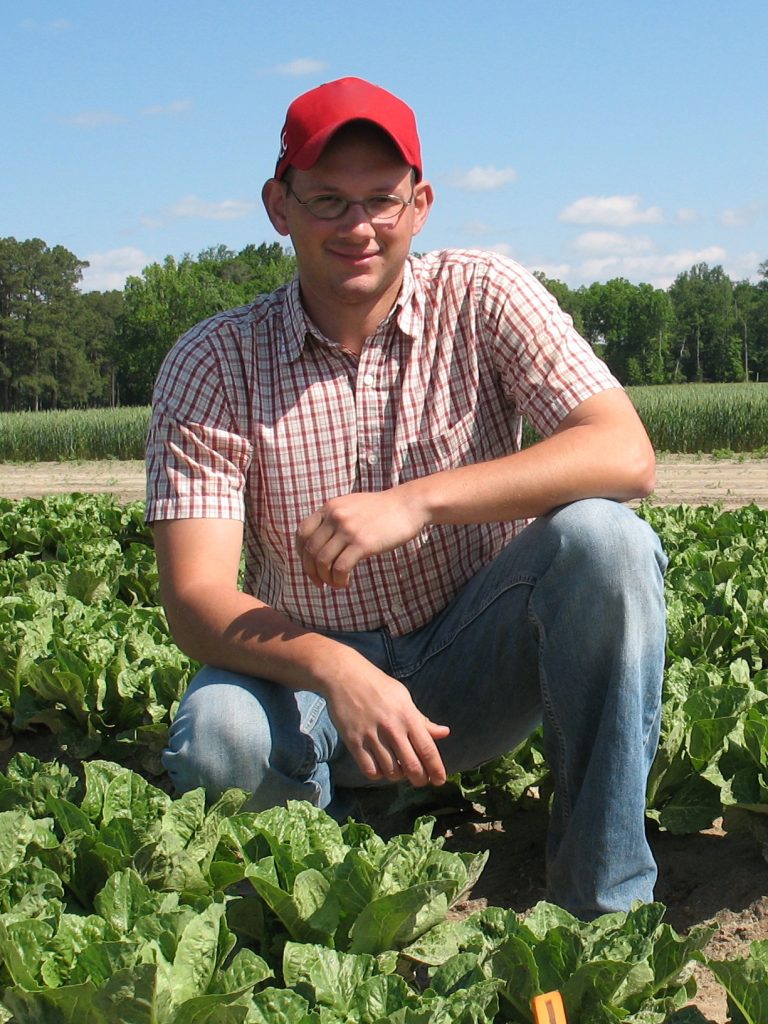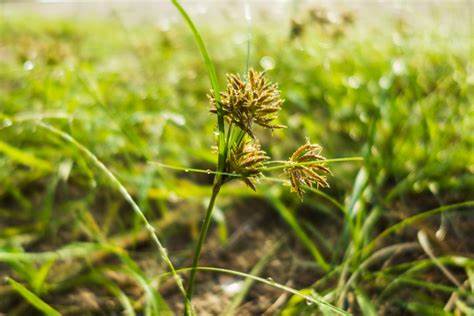By Clint Thompson

The current supply chain crisis is impacting Florida’s specialty crop producers’ ability to manage certain weed species. Peter Dittmar, University of Florida/IFAS Extension weed scientist, said certain herbicides have been hard to obtain for use this year.
“One of the problems that I’ve been hearing, it’s not really a specific weed species, but it’s the availability of pesticides and just the costs of the pesticides. It’s all related to availability of the molecule itself as well as some of the petroleum used in some of the products. Like everything else, it is a manufacturing thing, which backs up the next, which backs up the next,” Dittmar said. “I don’t know that we’ve had more issues, it’s just that you’ve got to plan a little bit further ahead and get your orders in sooner. That way if there is a delay, it’s available when you need it.”
Dittmar said the other issue that growers are encountering this year is labor availability.
“Another thing that has always been a problem but seems to be more focused this year is labor. A lot of our specialty crops are hand-weeded,” Dittmar said. “That’s another problem that we’ve had with weed control.”

Nutsedge remains a major issue in plasticulture production. Nutsedge is most concerning because it is the only weed to puncture through plastic mulch.
According to UF/IFAS, nutsedge spreads underground and produce structures known as tubers. Yellow nutsedge produces fewer but larger tubers, whereas purple nutsedge produces more but smaller tubers. A removal of the tubers is key. Growers can hand-weed the pest. But if they don’t remove the tubers, the nutsedge will grow back.
Properly timed cultivation during the fallow period can reduce nutsedge.
Lamb’s-Quarters in cabbage has also been a problem this year, according to Dittmar. It has always been an issue, but this year was most problematic. It is a winter annual that can grow to six feet tall.










